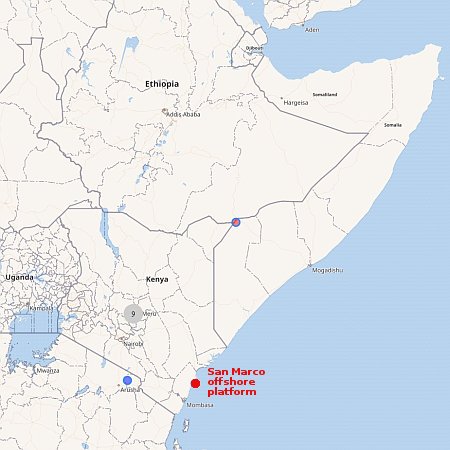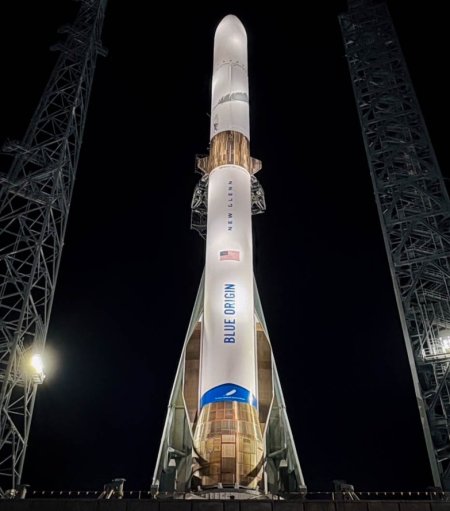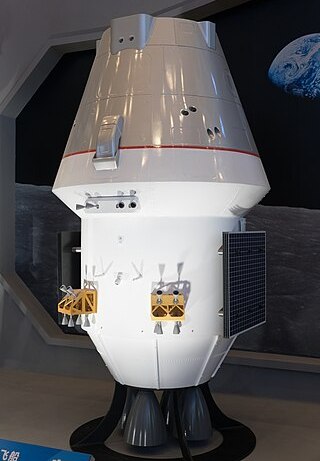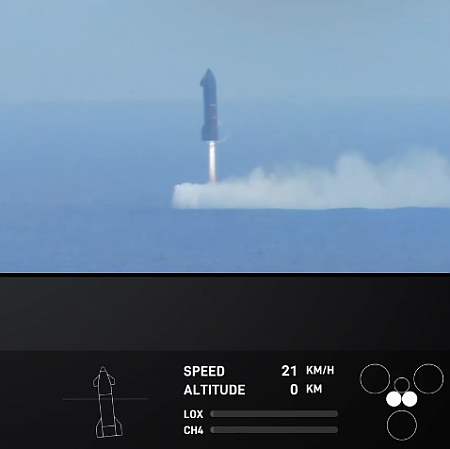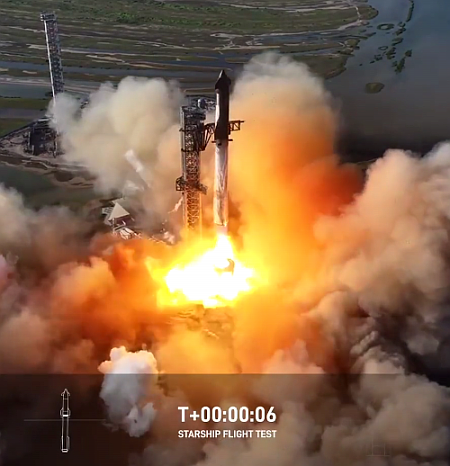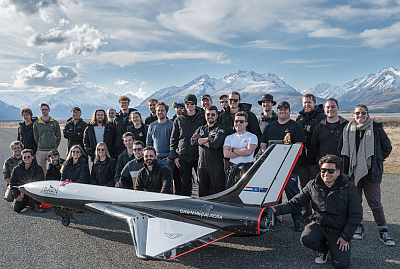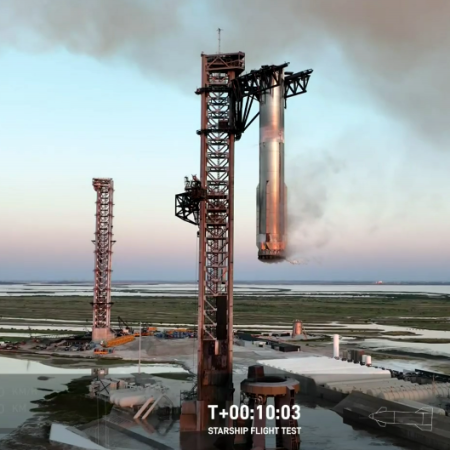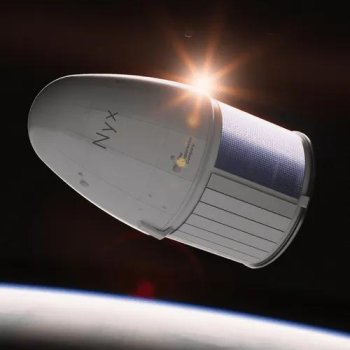France to resume suborbital launches at French Guiana
Now that France’s space agency CNES has taken the management of its French Guiana spaceport back from the European Space Agency’s Arianespace government company, it has been moving to make the spaceport more attractive to multiple future launch customers. Previously it announced that it is offering launchpads to multiple new rocket startups. Now it has announced that has signed a contract with the French startup Optus Aerospace to reopen its closed suborbital launchpad for the first time in decades.
Officially inaugurated in 1968, the Ensemble de Lancement Fusées-Sondes (ELFS) launch complex hosted the Guiana Space Centre’s first launch on 9 April 1968, with a Véronique sounding rocket that reached an altitude of 113 kilometres. Between 1968 and 1992, more than 350 sounding rockets were launched from the facility.
On 25 November, CNES announced that it had signed a contract with Opus Aerospace to use the ELFS facility for the launch of its Mésange rocket.
In other words, under the control of a government entity, Arianespace, which also controlled all European launches for decades, the variety of launches declined. As soon as control was lifted from this government monopoly however the possibilities expanded quickly.
Now that France’s space agency CNES has taken the management of its French Guiana spaceport back from the European Space Agency’s Arianespace government company, it has been moving to make the spaceport more attractive to multiple future launch customers. Previously it announced that it is offering launchpads to multiple new rocket startups. Now it has announced that has signed a contract with the French startup Optus Aerospace to reopen its closed suborbital launchpad for the first time in decades.
Officially inaugurated in 1968, the Ensemble de Lancement Fusées-Sondes (ELFS) launch complex hosted the Guiana Space Centre’s first launch on 9 April 1968, with a Véronique sounding rocket that reached an altitude of 113 kilometres. Between 1968 and 1992, more than 350 sounding rockets were launched from the facility.
On 25 November, CNES announced that it had signed a contract with Opus Aerospace to use the ELFS facility for the launch of its Mésange rocket.
In other words, under the control of a government entity, Arianespace, which also controlled all European launches for decades, the variety of launches declined. As soon as control was lifted from this government monopoly however the possibilities expanded quickly.

